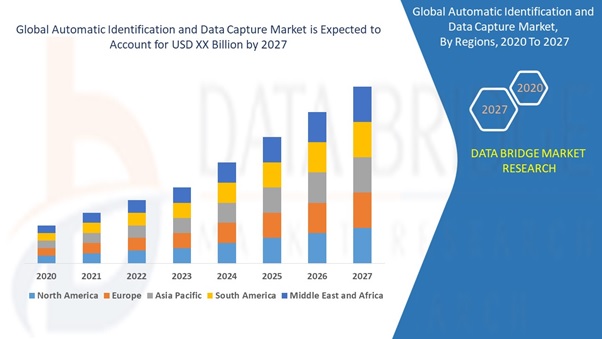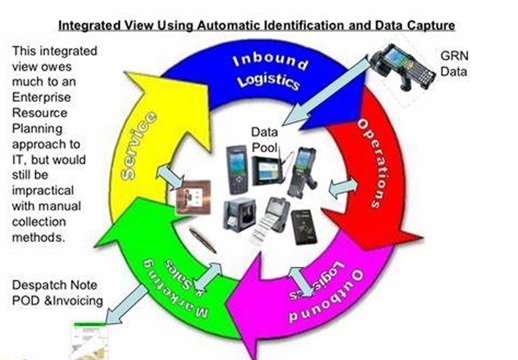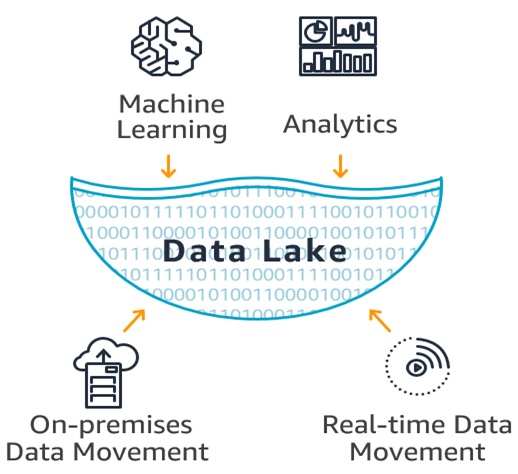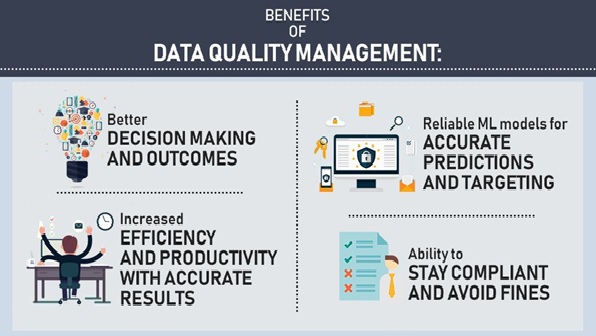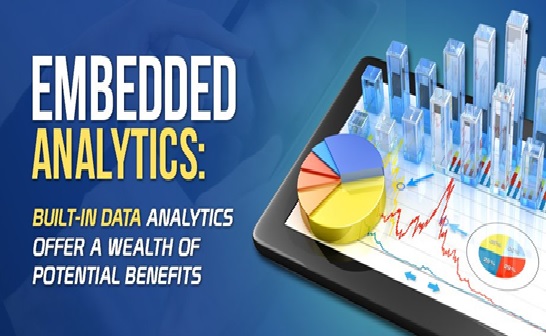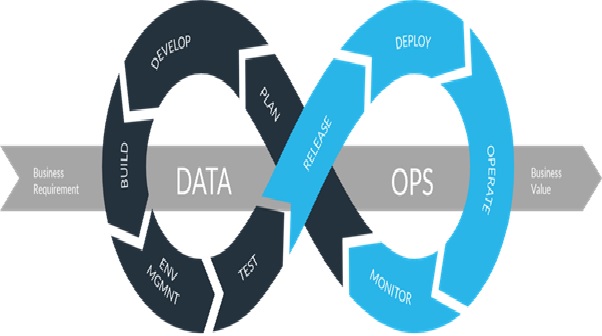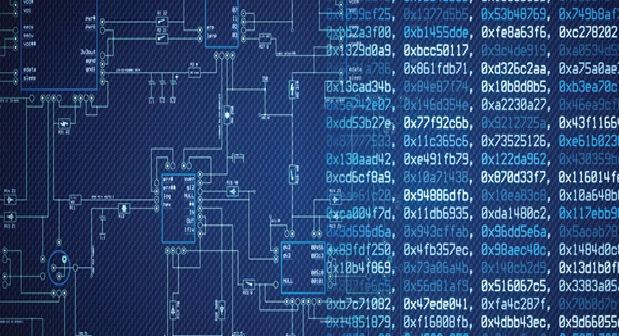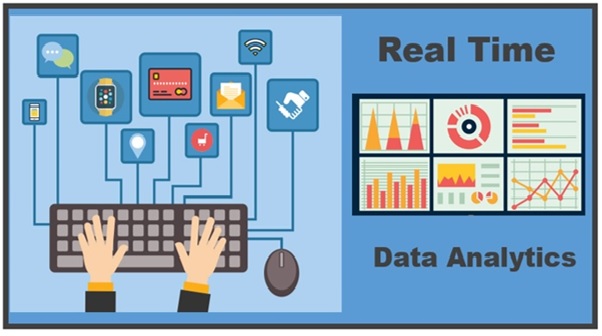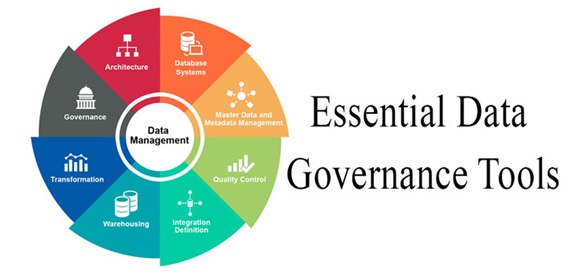Graph Analytics in Data Science
Graph Data Science is a science-driven approach to gain knowledge from the relationships and structures in data, typically to power predictions. It describes a toolbox of techniques that help data scientists answer questions and explain outcomes using graph data.[1]
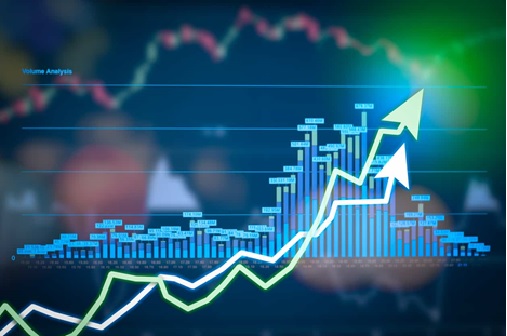
Figure 1. The graph analytics in data science
Figure 1 shows Graph analytics is a relatively new area for analytics which refers to analysis applied on graph-based data. Graph analytics (also called network analysis) as its name suggests is an analysis based amongst entities or graph nodes which could be products or customers or operations or even devices.[2]
Types of Graphs.
1. Path Analysis: Examines the relation between nodes in a graph. In other words, it determines the shortest distance between two nodes.
2. Connectivity Analysis: It helps in comparing connectivity across networks by outlining how strongly or weakly two nodes are connected. This helps to determine how many edges are flowing into a node and how many are flowing out of the node.
3. Centrality Analysis: It enables estimation of how important a node is for the connectivity of the network. It determines the most influential people in a social network through ranking or finds out the most highly accessed web pages.
4. Community Analysis: This is a distance and density-based analysis of relationships used in groups of people, to find groups of people frequently interacting with each other in a social network. It also identifies whether individuals are transient and can predict if the network will grow.[4]
Applications of Graph Algorithms or Graph Analytics:
Graph Algorithms or Graph Analytics are used in a number of applications
- Clustering - the grouping of objects based on their characteristics such that there is high intra- cluster similarity and low inter-cluster similarity. Applications include machine learning, data mining, statistics, image processing, and numerous physical and social science applications.
- Cutting or Partitioning – To find the cut with the fewest number of crossing edges. Applications include finding weak spots in data and communications networks, and community detection in social networks.
- Search – Breadth first search and Depth first search.
- Shortest path – To find the shortest path between two nodes of interest. Applications include social network analysis, transportation logistics and many other optimization problems.
- Widest path – To find a path between two designated vertices in a weighted graph, maximizing the weight of the minimum-weight edge in the path. Applications include IP traffic routing and traffic-sensitive path planning.
- Connected components – A strongly connected graph is one where you can get to every node in the graph from any starting node. The strongly connected components are the maximal sub- regions of a graph for which each sub-region is strongly connected. Applications include social network analysis.
- Page Rank – Is a measure of popularity of webpages and is used by internet search for ranking them. Applications also include social network analysis, recommendation systems, and for novel uses in natural science when studying the relationship between proteins and in ecological networks.[3]
References:
- https://neo4j.com/developer/graph-data-science/
- https://medium.com/swlh/what-is-graph-analytics-9223d71c26d8
- https://developer.nvidia.com/discover/graph-analytics
- https://www.analyticsinsight.net/graph-analytics-important/
Cite this article:
Thanusri swetha J (2021), Graph Analytics in Data Science, Anatechmaz, pp. 22



